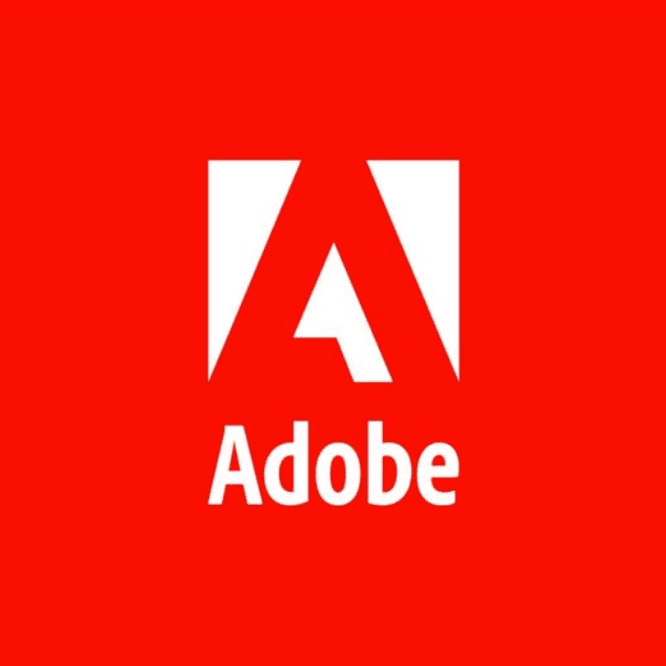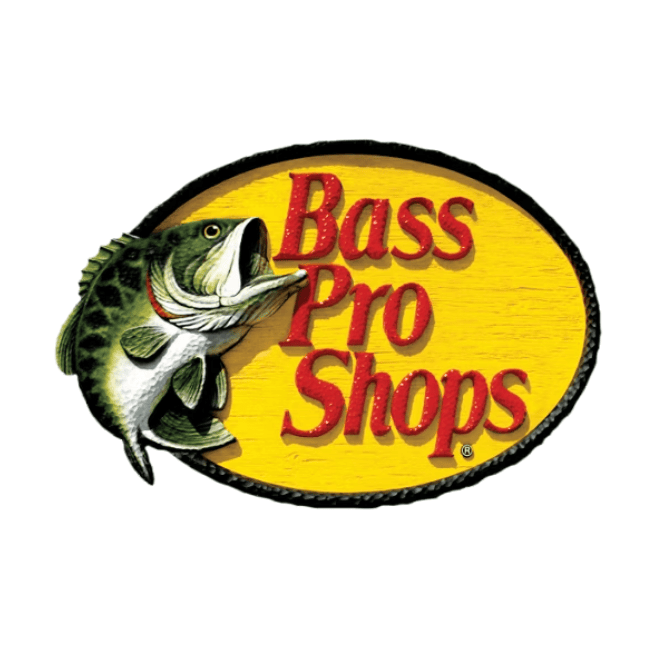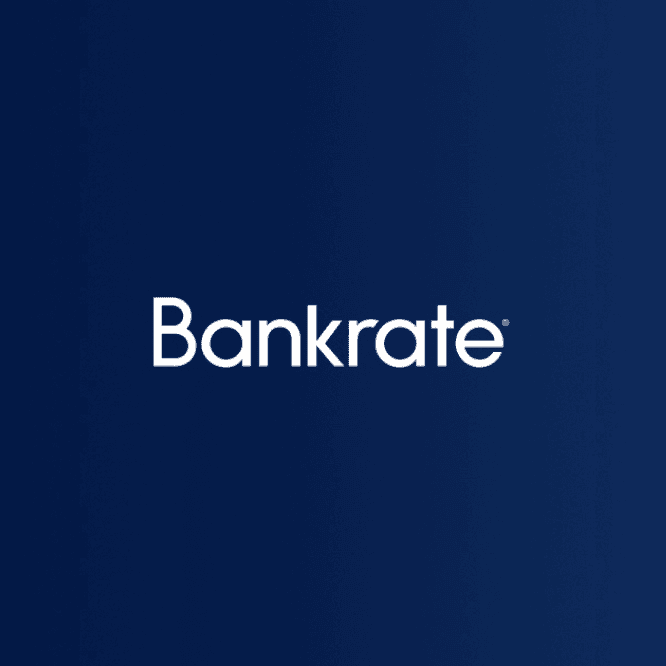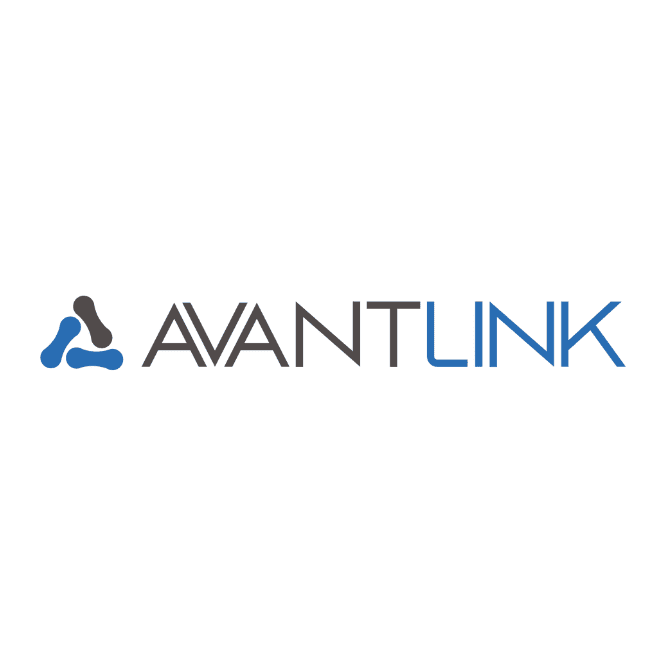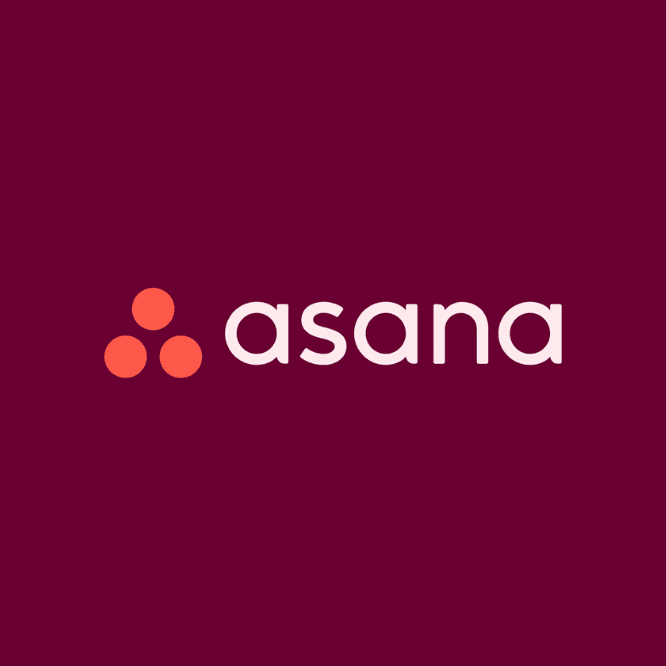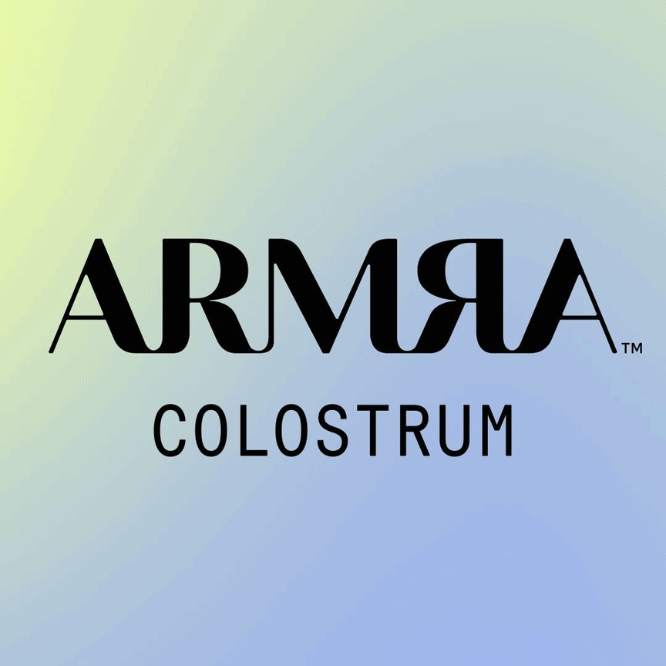About Adobe
Adobe is a global leader in digital media and digital marketing solutions. Founded in 1982, it is the company behind some of the world’s most ubiquitous creative software.
Its flagship product suite, Adobe Creative Cloud, includes industry-standard tools like Photoshop (image editing), Illustrator (vector graphics), Premiere Pro (video editing), and Acrobat (PDF management).
Adobe transitioned from selling boxed software to a SaaS (Software as a Service) model years ago, meaning customers now pay a monthly or annual subscription to access their tools.
Adobe Affiliate Program Overview
The Adobe Affiliate Program is widely considered one of the best in the software niche because of the brand’s immense recognition. It allows partners to promote Creative Cloud, Document Cloud, and Adobe Stock.
| Feature | Details |
| Industry | Software / SaaS / Creative Design |
| Product Type | Digital Subscriptions (Cloud-based software) |
| Affiliate Program Type | CPS (Cost Per Sale) / CPA (Cost Per Action) |
Adobe Affiliate Program Offers
Adobe provides extensive resources to help affiliates convert their audience. The program is strict about brand safety but generous with cookie duration and global reach.
| Feature | Details |
| Promotional Materials | High-quality banners, text links, deep-linking tools, and exclusive newsletters with product updates. |
| Affiliate Cookie Duration | 30 Days (Standard attribution window). |
| Accepted Traffic Sources | Websites, Blogs, Social Media (YouTube, TikTok, Instagram), Email Newsletters. |
| Accepted Countries | Global (You can join from almost any country, provided it is not under strict US trade sanctions). |
| Explicit Content | Prohibited. Sites containing sexually explicit material, violence, or discrimination are strictly banned. |
| Religious or Political Content | Restricted. Content that promotes hatred, bigotry, or extreme political views is prohibited. However, standard religious or political news/commentary sites using the software for legitimate creation may be accepted upon review. |
Adobe Affiliate Commissions & Payments
Adobe’s commission structure is attractive because it pays a high percentage of the first month’s value, acting as a “bounty” for bringing in a new subscriber.
| Feature | Details |
| MLM | No (This is a direct affiliate program, not Multi-Level Marketing). |
| Commission Rate |
|
| Commission Structure | One-time payment based on the initial subscription value (CPA model). No lifetime recurring commissions. |
| Payout Frequency | Monthly (typically 60 days after the end of the month in which the sale occurred). |
| Payout Methods | Direct Deposit (EFT) and PayPal (via the Partnerize platform). |
| Minimum Payout | Typically $30 USD / £30 / €30 depending on your currency settings in Partnerize. |
Suitable Affiliates for Adobe Affiliate
This program is highly recommended for creators who rely on visual storytelling and digital tools.
- Bloggers: Specifically those in niches like graphic design, photography, marketing, tech reviews, and education.
- TikTokers & Reels Creators: Short-form tutorials (“How to edit this photo”) convert very well for Photoshop and Lightroom.
- KOC (Key Opinion Consumers): Everyday users who can authentically review the software for students or beginners.
- KOL (Key Opinion Leaders): Professional artists or industry leaders whose endorsement validates the software’s professional capability.
- Influencers: Lifestyle influencers who use Lightroom presets or design templates can easily sell the “aesthetic” capability of Adobe.
- YouTubers: Tech reviewers and tutorial channels are the biggest earners here (e.g., “Premiere Pro vs. DaVinci Resolve”).
- Video Editors: Can sell Premiere Pro and After Effects by showcasing their own high-quality edits.
- Livestreamers: Streamers who use Adobe tools for their overlays or creative streams (Adobe Behance/Twitch creative).
Adobe Affiliate Software
Adobe uses the Partnerize (Performance Horizon) network to manage its affiliate program. They do not use a proprietary in-house tool; they rely on Partnerize for tracking, reporting, attribution, and payment processing. This is beneficial as Partnerize provides robust, real-time analytics.
3 Alternatives for Adobe Affiliate Program
If your audience is interested in design but Adobe is too expensive or complex for them, these three alternatives are excellent to promote.
- Canva: The biggest competitor for non-professionals. It is easier to use and cheaper, appealing to small business owners and social media managers.
- Envato Elements: While they sell assets (like stock video/photos), they are a “must-have” for the same creative audience. They offer a flat-fee subscription for unlimited downloads.
- Corel (Alludo): The direct “traditional” software competitor (CorelDRAW) often used by print shops and vector artists who prefer a one-time purchase or different subscription model.
| Comparison Factor | Adobe | Canva | Envato Elements | Corel (CorelDRAW) |
| Average Bill | High (~$55/mo for All Apps) | Low (~$12.99/mo) | Medium (~$16.50/mo) | High ($500+ one-time or sub) |
| Entry Fees | Free to join | Free to join | Free to join | Free to join |
| Withdrawal Threshold | ~$30 USD | $10 USD | $50 USD | $50 USD |
| Payment Frequency | Monthly (Net 60) | Monthly (Net 30) | Monthly (Net 15) | Monthly (Net 30) |
| Commission | 85% of 1st month | ~$36 per Pro sub | $20 – $120 per sub | 10% – 15% per sale |
| Conversion | Moderate (High price point) | High (Freemium model) | High (Great value) | Moderate |
| Marketing Materials | Excellent (Global brand assets) | Good (Banners & landers) | Excellent (Dynamic banners) | Standard |


